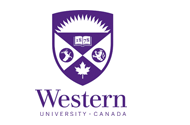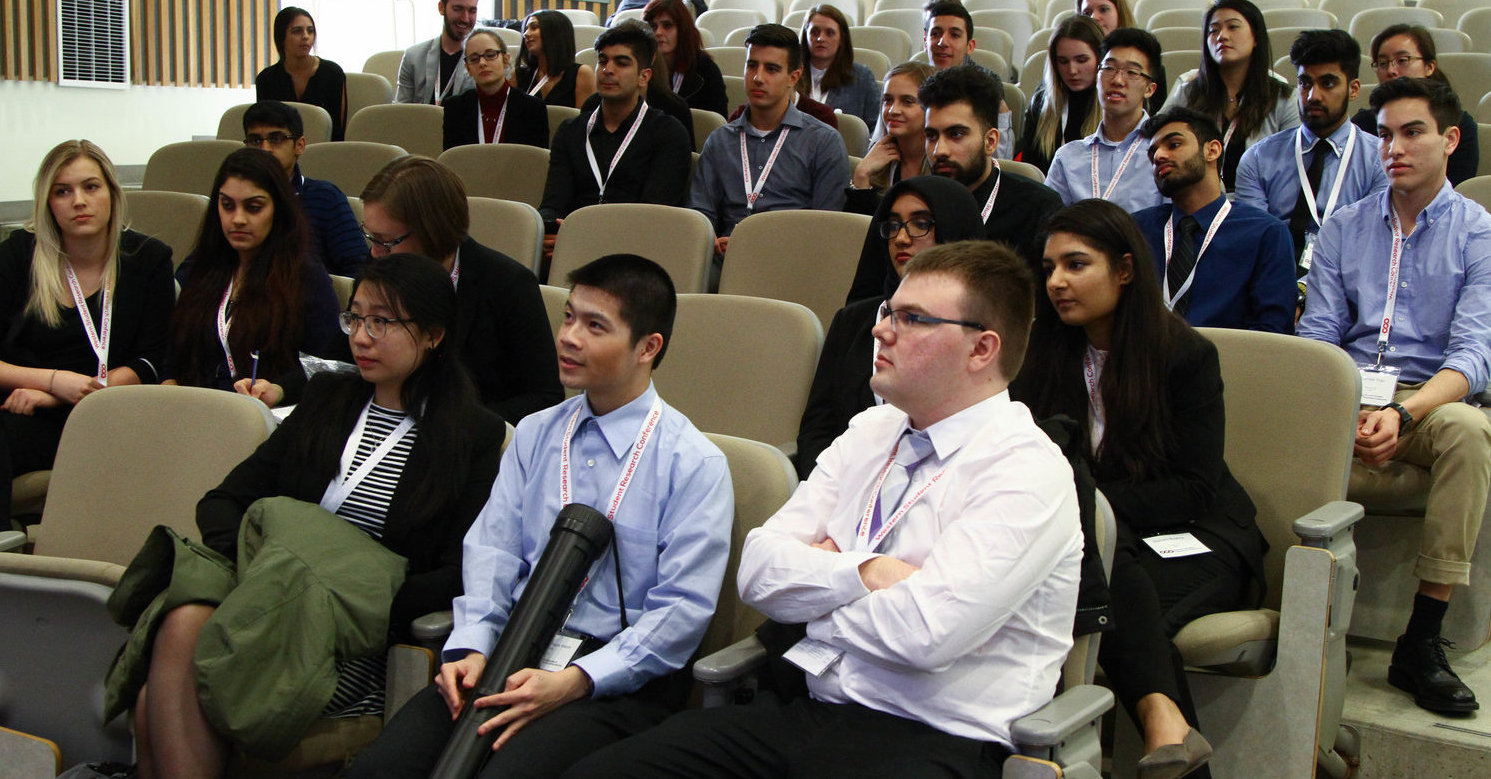Safety and efficacy of fluoroscopically guided cerebrospinal fluid drainage for thoracoabdominal aortic aneurysm repair
Abstract
Objective: To review the safety and efficacy of perioperative cerebrospinal fluid (CSF) drainage catheter placement using fluoroscopic guidance in patients undergoing thoracoabdominal aortic aneurysm (TAAA) repair.
Methods: Research Ethics Board approval was obtained for this retrospective study. The medical records of patients who underwent fluoroscopically guided lumbar CSF drainage between September 2008 and April 2021 were reviewed. Major complications were defined as arachnoiditis, CSF leak requiring a blood patch, intracranial hemorrhage, meningitis, symptomatic spinal hematoma, bloody tap causing a delay in surgery, and catheter fracture. Minor complications included CSF leak not requiring intervention, asymptomatic spinal hematoma, and bloody tap without surgical delay.
Results: Ninety drainage catheters were placed in 79 consecutive patients (age, 69.9 ± 10.4 years; 68.9% male) for 16 thoracic endovascular aortic repairs (TEVARs), 59 complex (fenestrated/branched) endovascular aortic repairs (EVARs), and 15 open repairs for 80 aneurysms (88.9%), 1 acute dissection (1.1%), and 9 chronic dissections with aneurysms (10%). The technical success rate was 96.7% (87/90). Bloody tap (n=2) and multilevel degenerative spinal stenosis (n=1) accounted for the technical failures. Most catheters were placed prophylactically (90%). There were 3 major complications (bloody tap resulting in an operative delay in 2 patients and symptomatic spinal hematoma in 1 patient) and 2 minor complications (CSF leak with no intervention and asymptomatic spinal hematoma in the same patient).
Conclusions: The use of fluoroscopic guidance for CSF drainage catheter placement in patients undergoing open or endovascular TAAA repair is associated with a low complication rate and high technical success rate. Mechanisms supporting SL, the results will show a boost in learning for participants who perceived the sounds as speech.
Presentation Type
Oral Presentation
Safety and efficacy of fluoroscopically guided cerebrospinal fluid drainage for thoracoabdominal aortic aneurysm repair
Objective: To review the safety and efficacy of perioperative cerebrospinal fluid (CSF) drainage catheter placement using fluoroscopic guidance in patients undergoing thoracoabdominal aortic aneurysm (TAAA) repair.
Methods: Research Ethics Board approval was obtained for this retrospective study. The medical records of patients who underwent fluoroscopically guided lumbar CSF drainage between September 2008 and April 2021 were reviewed. Major complications were defined as arachnoiditis, CSF leak requiring a blood patch, intracranial hemorrhage, meningitis, symptomatic spinal hematoma, bloody tap causing a delay in surgery, and catheter fracture. Minor complications included CSF leak not requiring intervention, asymptomatic spinal hematoma, and bloody tap without surgical delay.
Results: Ninety drainage catheters were placed in 79 consecutive patients (age, 69.9 ± 10.4 years; 68.9% male) for 16 thoracic endovascular aortic repairs (TEVARs), 59 complex (fenestrated/branched) endovascular aortic repairs (EVARs), and 15 open repairs for 80 aneurysms (88.9%), 1 acute dissection (1.1%), and 9 chronic dissections with aneurysms (10%). The technical success rate was 96.7% (87/90). Bloody tap (n=2) and multilevel degenerative spinal stenosis (n=1) accounted for the technical failures. Most catheters were placed prophylactically (90%). There were 3 major complications (bloody tap resulting in an operative delay in 2 patients and symptomatic spinal hematoma in 1 patient) and 2 minor complications (CSF leak with no intervention and asymptomatic spinal hematoma in the same patient).
Conclusions: The use of fluoroscopic guidance for CSF drainage catheter placement in patients undergoing open or endovascular TAAA repair is associated with a low complication rate and high technical success rate. Mechanisms supporting SL, the results will show a boost in learning for participants who perceived the sounds as speech.



